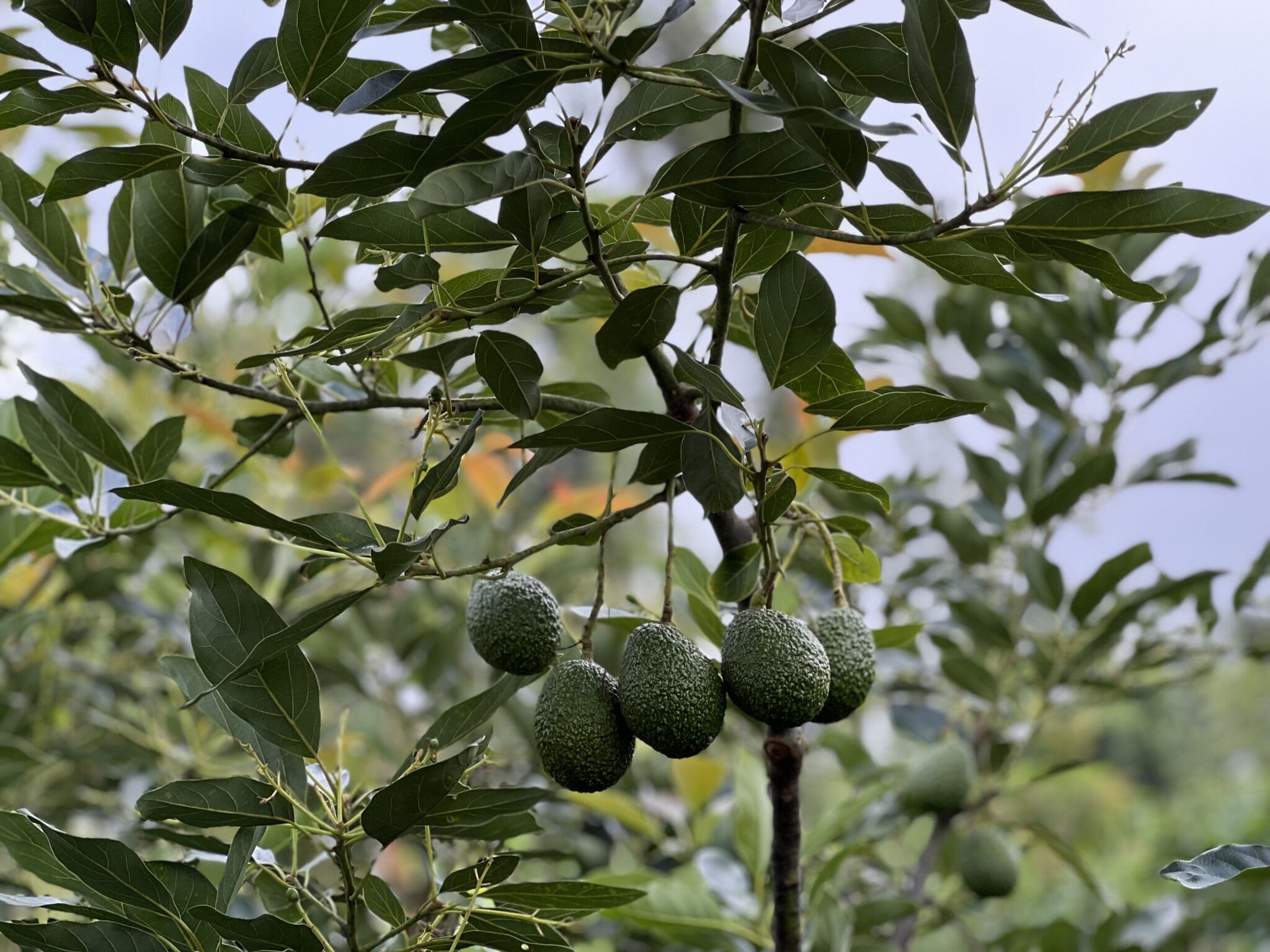
Transitioning to Forest Farming: A Sustainable Future for Agroforestry
At Collaborative for Change, we’ve always embraced layered agroforestry systems that mimic the natural structure of ecosystems. However, thanks to insightful input from experts like Jill Wagner, we’re refining our approach by integrating more elements of forest farming into our projects. This evolution deepens our alignment with nature’s design and enhances the benefits for farmers and the environment.
What is Forest Farming?
Forest farming builds on traditional agroforestry systems by fully embracing the multilayered structure of a natural forest. It incorporates an overstory of tall trees, a mid-layer of fruit and nut trees, a shrub layer, climbing vines, and ground-level crops. Nature-inspired design often reminds us of the importance of including an overstory layer to maximize carbon sequestration, create dappled light for lower layers, and protect crops from harsh environmental conditions, such as runoff from heavy rains. A layered agroforestry site also builds soils with leaf litter, and creates habitats for pollinator insects, thereby improving crop production.
Key Advantages of Forest Farming:
- Diverse Food Production: Forest farming supports a wide variety of crops, from tree fruits and nuts, to berries, vegetables, medicinal plants and climbing plants. This diversity provides a steady supply of food and income while improving resilience to market fluctuations and climate changes.
- Carbon Sequestration: Adding an overstory of trees significantly boosts carbon capture, helping to combat climate change. These trees also offer shade and protection to the layers below, creating a microclimate that supports healthy growth.
- Optimized Land Use: On small or fragmented parcels, forest farming enables farmers to make the most of every square meter by stacking productivity across multiple layers.
- Healthier Ecosystems: By mimicking natural ecosystems, forest farming reduces soil erosion, promotes nutrient cycling, and fosters biodiversity, creating long-term sustainability.
Advancing Agroforestry in Rwanda
In Rwanda, Leonard Iyamureme and his team at We for Climate have already implemented a robust agroforestry system, with fruit trees bearing harvests and vines like squash flourishing in intercropped settings. Inspired by Jill Wagner’s research, we will be introducing elements of forest farming, such as an overstory of key trees. These trees will provide dappled light for the fruit trees below, increase carbon sequestration, and offer additional resources like nuts, or medicinal products.
We will also explore the introduction of a shrub layer, as a critical component of sustainable systems. This layer will further diversify production with crops like berries and support soil health by reducing erosion. These enhancements align with nature’s systems while increasing the resilience and productivity of the land.
Measuring and Scaling Success
A key part of this enhancement is our ability to measure its impact. With the rollout of our new database, we’ll track carbon sequestration across multiple layers of vegetation, quantify ecological benefits, and explore carbon credits as an additional revenue stream for farmers like Leonard. These credits have the potential to generate sustainable income while incentivizing long-term stewardship of the land.
A Vision for Agroforestry
We’re deeply grateful to Jill Wagner for continuing to challenge us to think critically about how we design our agroforestry systems. Her insights remind us that nature provides the best blueprint for farming. By enhancing our agroforestry projects with forest farming practices, we aim to unlock even greater benefits for the environment and the communities we serve.
Stay tuned for updates as we continue to refine our methods and share lessons learned from our work in Rwanda, Malawi and beyond. Together, we can demonstrate how working with nature can build a sustainable future for everyone. Check out the progress of our pilot projects here.
